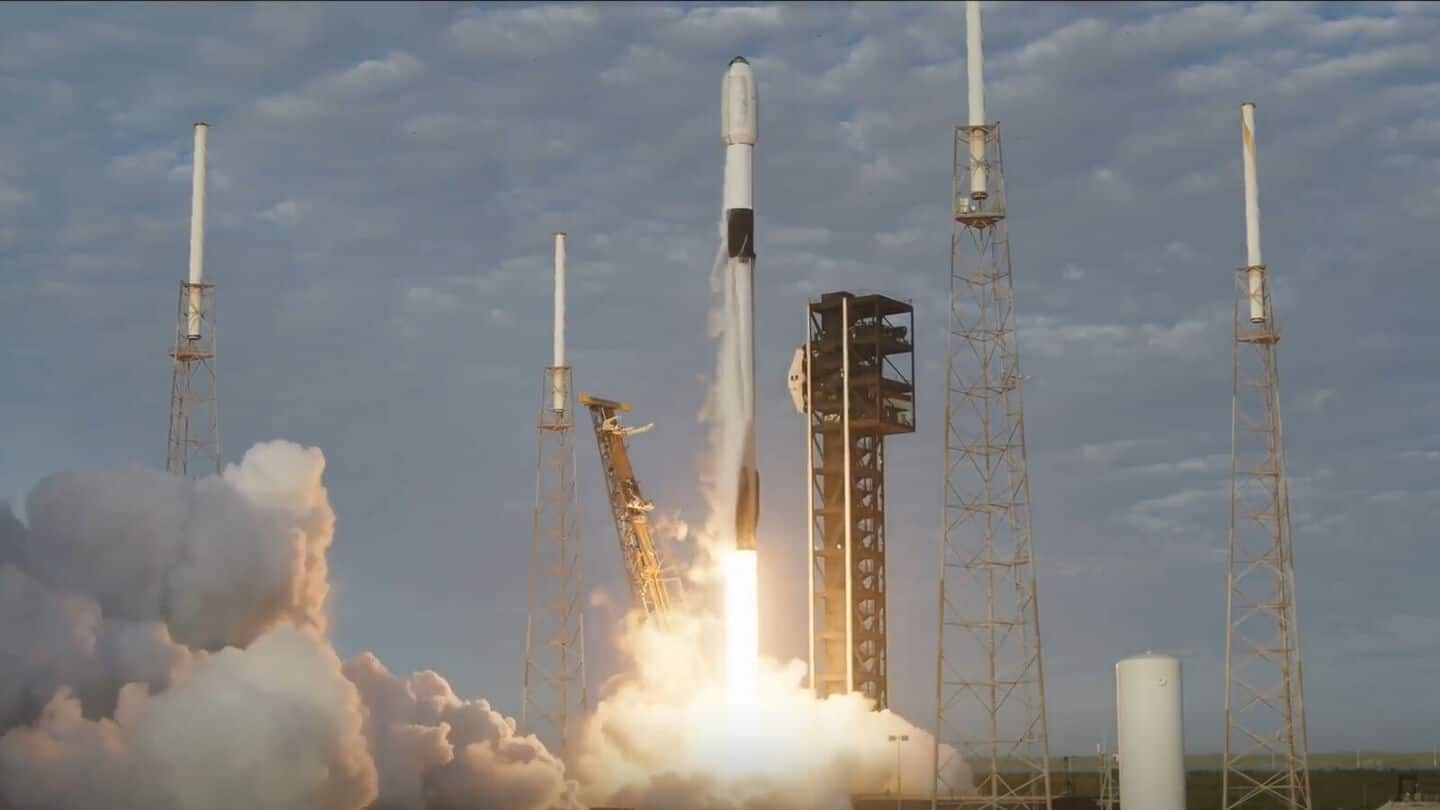Successful Launch Initiated
The Falcon 9 rocket delivered a triumph, carrying the upgraded Cygnus spacecraft. This mission's importance is underlined by the crucial supplies delivered to
the International Space Station. The successful launch not only showcases the robust capabilities of the Falcon 9 but also serves as a testament to the continuous progress in space-based operations. This launch event marks another step in furthering the global collaborative efforts in space exploration. The careful orchestration of the launch and deployment phases exemplifies the commitment towards achieving seamless missions in space. Moreover, this achievement also supports the scientific research conducted on the ISS, with the cargo containing all the required tools for experiments.
Upgraded Cygnus Deployed
The main highlight of the launch, the upgraded Cygnus cargo spacecraft, was successfully deployed. This spacecraft is a lifeline for the International Space Station, transporting a wealth of supplies vital to the astronauts' ongoing operations. The enhanced Cygnus represents a significant improvement over previous versions, with boosted capacity and enhanced efficiency. This improvement means an enhanced ability to maintain the ISS in a safe and habitable state. The upgrades incorporated in the spacecraft were strategically designed to meet the needs of the mission. This event has enabled future missions and provides additional advantages to its crew members. Moreover, the Cygnus is a crucial part of the ongoing space operations, contributing to the collective understanding and exploration of space.
Frontgrade's Technology Deployed
Alongside the Cygnus spacecraft, this launch saw the deployment of advanced technology provided by Frontgrade. This deployment included a space-optimized PSM28 Power Supply Module, engineered for High-Reliability SpaceVPX Systems. This module is essential for the effective functioning of space-based hardware. Also, Frontgrade launched the SIMOPS Dual-Channel Power Amplifier, a device made for Defense Communications and Electronic Warfare Applications. The simultaneous integration of these components on this mission underscores the commitment to pushing the boundaries of technology for the defense industry. This incorporation is important for the advancement of space technology and the ability to meet the demands of an increasingly complex space environment. These components together contribute to the enhancement of the functionality of the payloads launched into space.
Future of Connectivity
With the NG-23 launch, the stage is set for potential breakthroughs in in-flight connectivity. The launch contributes to the landscape of in-flight communications and connectivity services. This is set to enhance user experience during flights. This launch is an important step in developing more capable and dependable space-based resources. The implications of this mission extend past the simple conveyance of cargo. Further advancements can be expected, paving the way for improved connectivity, making the NG-23 launch a landmark in the history of space exploration. In addition to these benefits, the launch serves to boost the potential for the space sector, and its evolution is inevitable.







